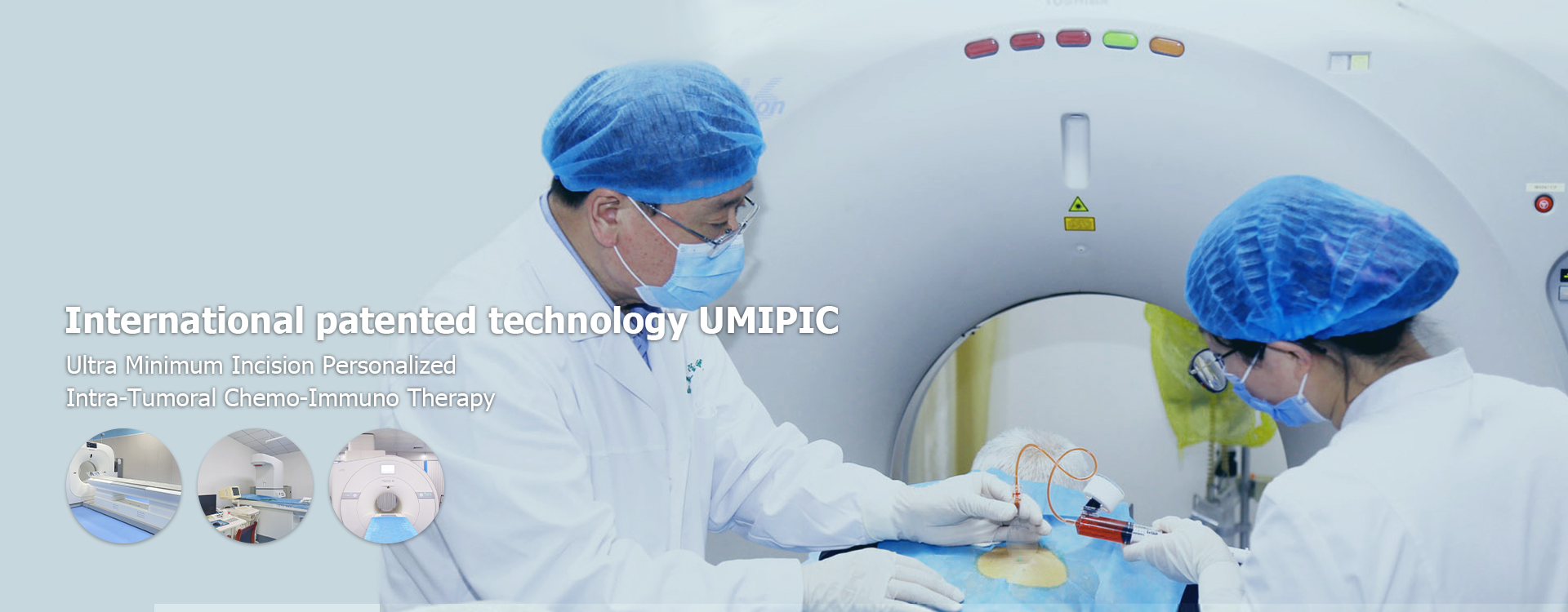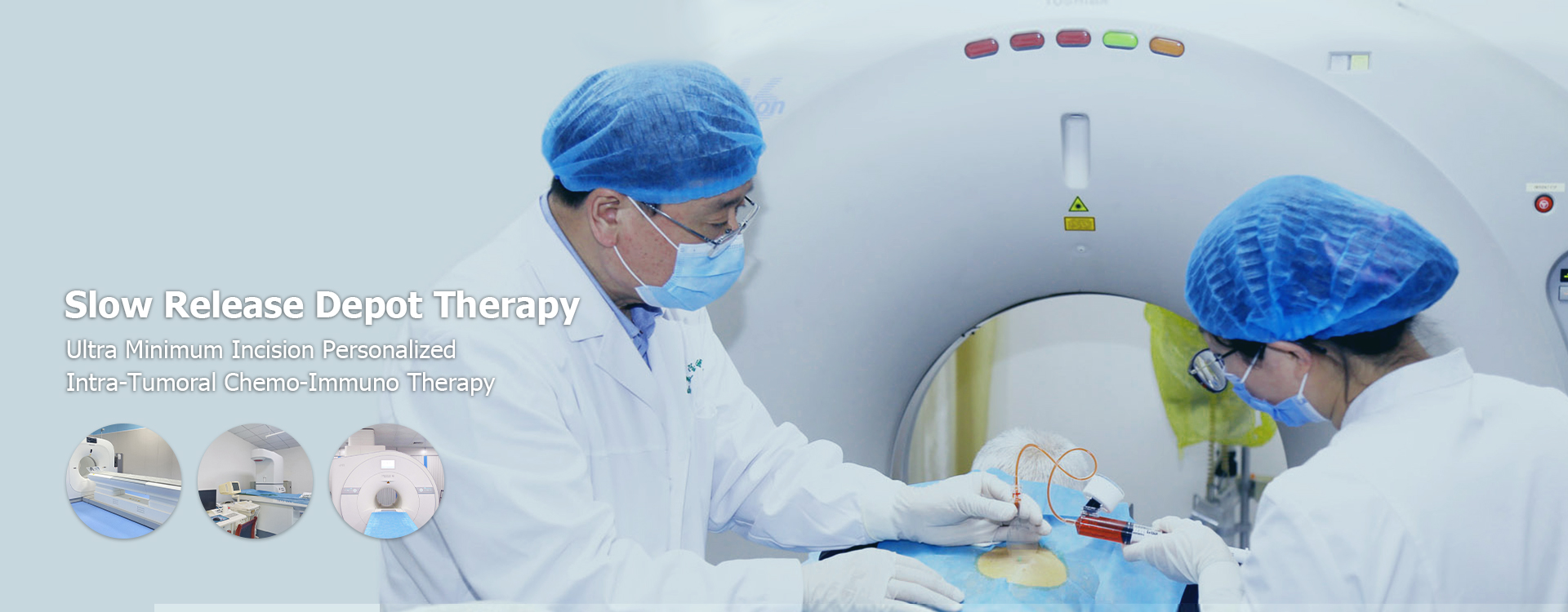
pi rads 5 prostate cancer treatment near me
Finding the Right Pi Rads 5 Prostate Cancer Treatment Near MeThis article provides essential information for individuals seeking treatment options for prostate cancer, specifically focusing on understanding and navigating the complexities of radiation therapy, including the role of Pi Rads 5 scoring. We'll explore various treatment approaches, considerations for choosing a care provider, and resources to help you make informed decisions.
Understanding Prostate Cancer and Pi-RADS Scoring
Prostate cancer is a common cancer affecting men. Early detection and treatment are crucial for improving outcomes. The Prostate Imaging Reporting and Data System (PI-RADS) is a standardized scoring system used to categorize the likelihood of prostate cancer based on MRI images. A Pi-RADS score of 5 indicates a high suspicion of clinically significant prostate cancer. This score guides treatment decisions, but it’s essential to remember it's only one factor considered by your doctor.What Does a Pi-RADS 5 Score Mean?
A Pi-RADS 5 score signifies a high probability of cancer. However, it doesn’t definitively confirm cancer. Further testing, such as a biopsy, is usually necessary to confirm the diagnosis and determine the extent of the cancer. The score helps prioritize areas for biopsy and guides subsequent treatment strategies.Treatment Options for Prostate Cancer with a Pi-RADS 5 Score
Several treatment options exist for prostate cancer, depending on various factors including the patient's overall health, the stage and grade of the cancer, and personal preferences. Some common treatments include:Radiation Therapy
Radiation therapy uses high-energy beams to destroy cancer cells. Different types of radiation therapy are available, including external beam radiation therapy (EBRT) and brachytherapy (internal radiation therapy). The choice depends on the specific situation and may be tailored based on the Pi-RADS score. EBRT can be administered in various ways, including intensity-modulated radiation therapy (IMRT) and proton therapy, aiming for precise targeting to minimize harm to surrounding healthy tissues.Surgery
Surgical options include radical prostatectomy, where the prostate gland is completely removed. This is typically considered for localized prostate cancer.Active Surveillance
For some men with low-risk prostate cancer, active surveillance may be an appropriate option. This involves close monitoring of the cancer’s progression without immediate treatment, intervening only if the cancer grows or spreads.Hormone Therapy
Hormone therapy, or androgen deprivation therapy (ADT), reduces the levels of testosterone in the body, slowing the growth of prostate cancer cells. It’s often used in combination with other treatments.Choosing a Prostate Cancer Treatment Center Near You
Finding the right treatment center is a critical step in your care journey. Look for facilities with experienced specialists in prostate cancer, advanced technology, and a strong track record of success. Consider the following factors when making your decision:| Factor | Considerations |
|---|---|
| Experience & Expertise | Look for centers with specialists experienced in treating prostate cancer, particularly those with expertise in managing cases with a Pi-RADS 5 score. |
| Technology & Equipment | Check whether the center uses advanced technologies like IMRT or proton therapy, enabling precise radiation delivery. |
| Patient Reviews & Ratings | Online reviews and patient testimonials can provide insights into the center's quality of care and patient experience. |
| Support Services | Consider centers offering comprehensive support services, including counseling, patient education, and support groups. |
Finding a Center Near You
Use online search engines to find prostate cancer specialists and treatment centers near your location. Many hospital websites have detailed information about their oncology departments and the services they offer. You can also consult with your primary care physician for recommendations. For advanced treatment options and research, consider facilities like the Shandong Baofa Cancer Research Institute.Next Steps and Resources
After understanding your Pi-RADS 5 score and available treatment options, discuss your situation with your doctor to create a personalized treatment plan. They'll consider your specific circumstances and guide you through the process. Remember to ask questions and advocate for yourself throughout your journey. Several online resources provide additional information about prostate cancer and treatment options.Disclaimer: This information is intended for educational purposes only and does not constitute medical advice. Always consult with a qualified healthcare professional for any health concerns or before making any decisions related to your health or treatment.Related products
Related products
Best selling products
Best selling products-
 Nell Smith, a throat cancer patient from Switzerland
Nell Smith, a throat cancer patient from Switzerland -
 Mark, a prostate cancer bone metastasis patient from the United States
Mark, a prostate cancer bone metastasis patient from the United States -
 Anthony, lymphocytic cancer patient from the United States 24
Anthony, lymphocytic cancer patient from the United States 24 -
 Famous American female painter Muriel
Famous American female painter Muriel -
 Andress, a 9-year-old boy from the United States
Andress, a 9-year-old boy from the United States -
 PAT, rectal cancer patient from the United States
PAT, rectal cancer patient from the United States
Related search
Related search- Cheap prostate cancer treatment brachytherapy cost
- treatment Targeted Drug Delivery for Cancer Hospitals
- China pancreatic cancer back pain Hospitals
- Cheap best lung cancer treatment cost
- aggressive lung cancer treatment near me
- Cheap recurrent lung cancer treatment near me
- top 10 lung cancer treatment centers cost
- Cheap radiation treatment for lung cancer cost
- China new prostate cancer treatment cost
- treatment renal cell carcinoma pathology outlines Hospitals





